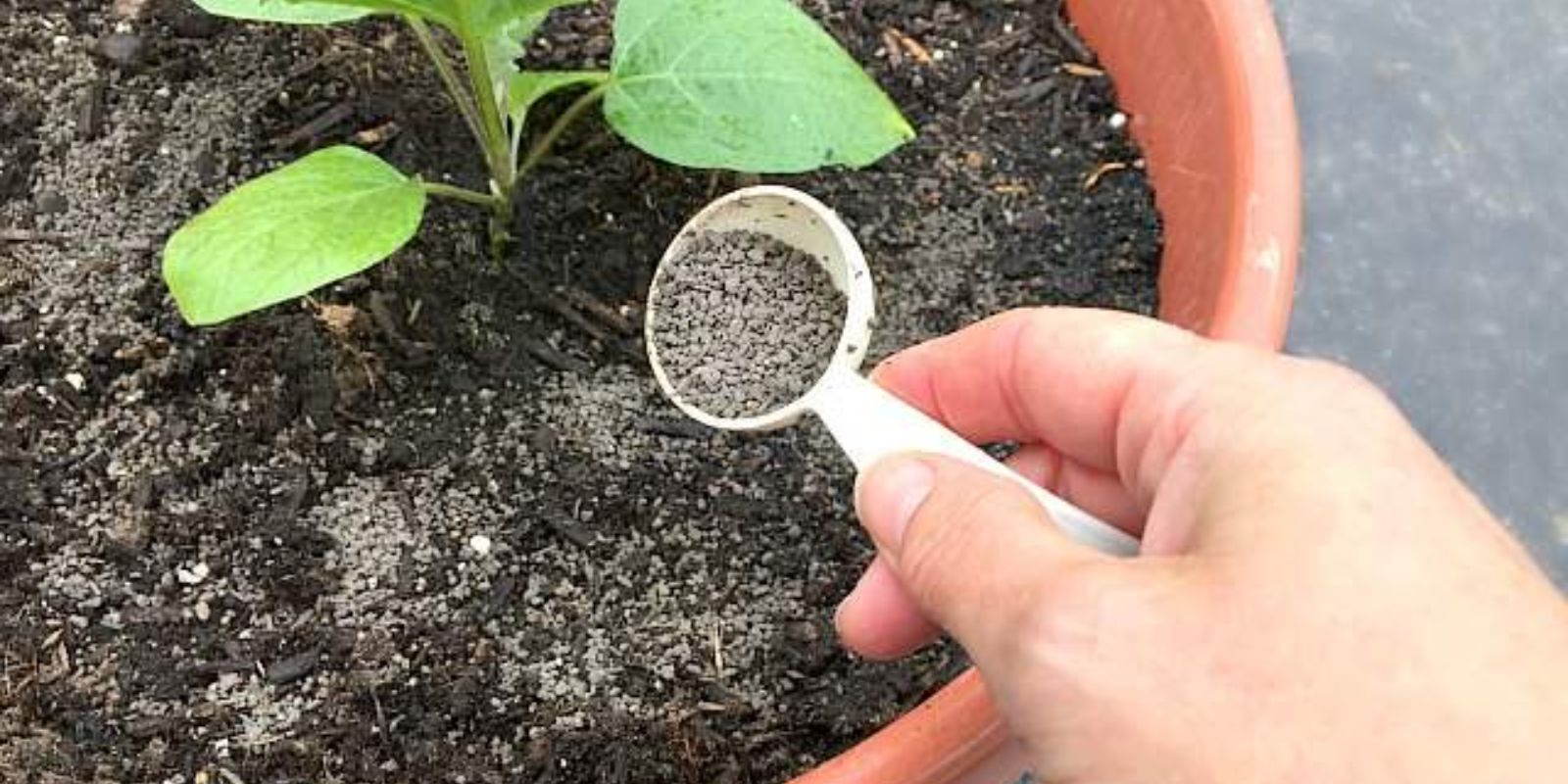Container vegetable gardening has become increasingly popular among urban gardeners and those with limited space. The ability to grow fresh, homegrown vegetables in pots and containers is a significant advantage, but it also presents unique challenges, especially when it comes to fertilization. Unlike traditional garden beds, container gardens have limited soil and nutrient reservoirs, making effective fertilization essential for a bountiful harvest. In this article, we’ll explore key tips for fertilizing container vegetable gardens to help you achieve vibrant and productive plants.
Understanding Container Gardening Fertilization
Container vegetable gardens differ from traditional garden beds in several ways, particularly in terms of nutrient availability. The confined space of a container means that nutrients can be quickly depleted, and the soil’s ability to retain nutrients is limited. As a result, regular and effective fertilization becomes crucial for maintaining healthy plant growth and maximizing yields.
1. Choose the Right Fertilizer
Selecting the appropriate fertilizer is the first step toward a successful container vegetable garden. Here are some tips for choosing the right type:
- Balanced Fertilizers: Opt for a balanced, water-soluble fertilizer with equal parts nitrogen, phosphorus, and potassium (e.g., 10-10-10). This type of fertilizer supports overall plant growth, root development, and fruit production.
- Organic Options: Organic fertilizers, such as compost, well-rotted manure, or fish emulsion, can be excellent choices for container gardening. They provide a slow-release supply of nutrients and improve soil structure.
- Specialty Fertilizers: For specific plants, such as tomatoes or peppers, you might choose a fertilizer designed to meet their unique nutrient needs. For example, a fertilizer higher in phosphorus can encourage flowering and fruiting.
2. Follow a Feeding Schedule
Regular feeding is essential for container-grown vegetables. The limited soil volume in containers means that nutrients are quickly used up, so timely fertilization is necessary:
- Frequency: Fertilize every 2-4 weeks during the growing season. This frequency helps replenish nutrients that are depleted by plant growth and regular watering.
- Application: Follow the manufacturer’s instructions on the fertilizer package for the correct dosage. Over-fertilizing can lead to nutrient imbalances and harm plant growth.
3. Use Slow-Release Fertilizers
Incorporating slow-release fertilizers into your container garden can simplify the fertilization process and provide a steady supply of nutrients:
- Types of Slow-Release Fertilizers: Look for granular fertilizers that release nutrients gradually over time. These can reduce the need for frequent applications and ensure consistent nutrient availability.
- Application: Mix slow-release fertilizers into the potting mix at planting time or apply them to the soil surface according to the product’s instructions.
4. Monitor Soil Moisture
Proper watering is closely linked to effective fertilization. Nutrient absorption is influenced by soil moisture levels:
- Consistent Moisture: Keep the soil in your containers consistently moist but not waterlogged. Over-watering can lead to nutrient leaching, while under-watering can limit nutrient uptake.
- Check Regularly: Regularly check the soil moisture levels and adjust your watering practices as needed. Use a moisture meter or simply feel the soil to gauge its dampness.
5. Adjust for Plant Growth
As your plants grow, their nutrient requirements change. Adjust your fertilization practices to meet the evolving needs of your vegetables:
- Growth Stages: Different stages of plant growth require varying nutrient ratios. For instance, leafy vegetables may need more nitrogen, while flowering and fruiting plants benefit from higher phosphorus levels.
- Observation: Monitor your plants for signs of nutrient deficiencies or excesses, such as yellowing leaves or poor fruit development. Adjust your fertilization accordingly.
6. Avoid Over-Fertilizing
Excessive fertilization can be detrimental to your plants and lead to a range of issues:
- Signs of Over-Fertilization: Look out for symptoms such as leaf burn, poor fruiting, or stunted growth. These can indicate that you are applying too much fertilizer.
- Recommended Dosage: Stick to the recommended amounts and application frequency. It’s better to under-fertilize slightly than to risk harming your plants with excessive nutrients.
7. Incorporate Organic Matter
Adding organic matter to your container garden can improve soil health and nutrient availability:
- Compost: Mix compost into your potting mix before planting. Compost enhances soil structure, increases nutrient-holding capacity, and encourages beneficial microorganisms.
- Mulch: Apply a layer of organic mulch, such as straw or shredded leaves, to help retain moisture and gradually add nutrients to the soil as it decomposes.
8. Use Water-Soluble Fertilizers Wisely
Water-soluble fertilizers provide quick nutrient uptake and can be beneficial for container plants:
- Application: Dilute water-soluble fertilizers according to the package instructions and apply them during your regular watering routine.
- Frequency: Use these fertilizers as a supplement to slow-release options, especially during periods of rapid growth or heavy fruiting.
Conclusion
Fertilizing container vegetable gardens requires careful attention to detail and an understanding of your plants’ needs. By choosing the right fertilizers, following a consistent feeding schedule, and monitoring soil moisture and plant growth, you can ensure that your container garden remains productive and vibrant. Remember, successful container gardening is a combination of proper fertilization, regular maintenance, and keen observation. Happy gardening!
Motivational Sentence
Unlock the full potential of your container vegetable garden with these fertilizing tips, and watch your plants thrive and yield an abundant harvest right from your home!

